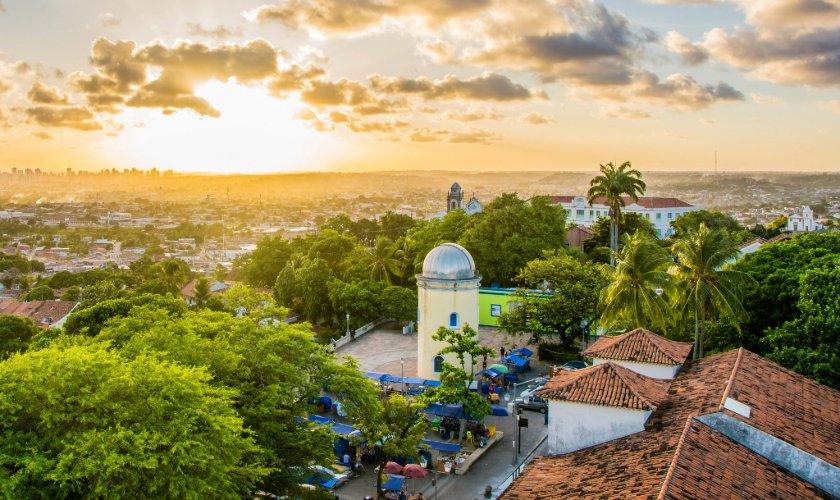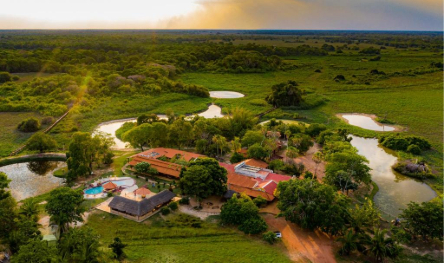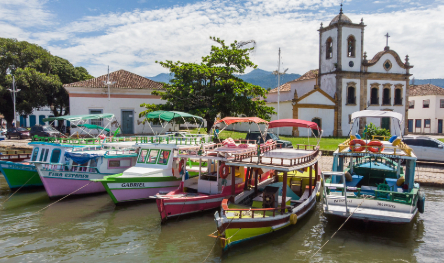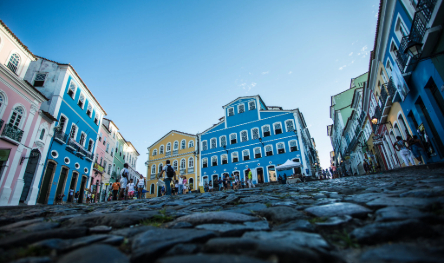1. Frevo and Maracatu: - Olinda's Carnival is deeply rooted in the Afro-Brazilian traditions of frevo and maracatu. Frevo is a lively musical genre accompanied by energetic dance, while maracatu involves elaborate processions with vibrant costumes and percussion.
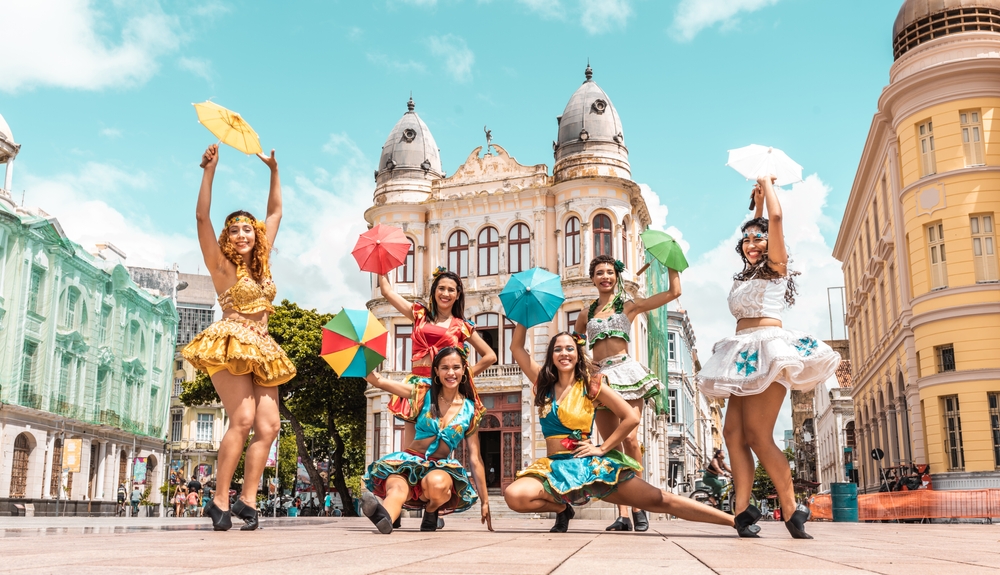
(Picture: Brastock / Shutterstock.com)
2. Street Carnival: - Unlike structured parades, Olinda's Carnival is predominantly a street carnival. The historic streets of Olinda become the stage for spontaneous and joyful celebrations. Street blocks, or "blocos," are groups of people who come together to celebrate the Carnival in a specific area. Each bloco may have its own theme, costumes, and music. Participants dance and sing along with the music played by live bands.
3. Giant Dolls (Bonecos Gigantes): - One of the unique features of Olinda's Carnival is the presence of giant dolls, known as "bonecos gigantes." These larger-than-life puppets, often caricatures of famous figures, parade through the streets, adding a whimsical touch to the festivities.
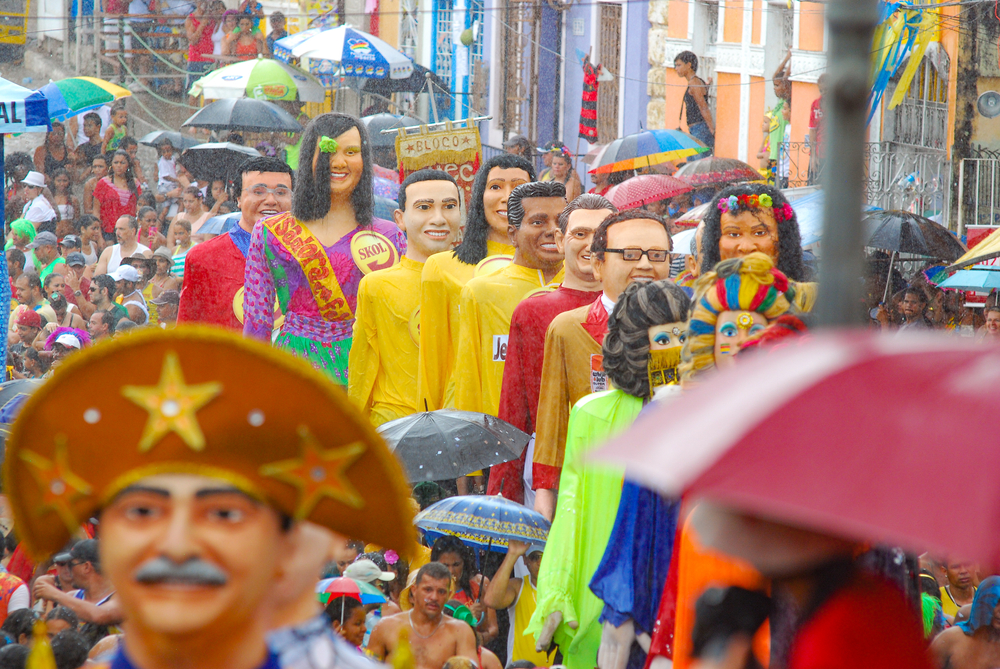
(Picture: Xaxas / Shutterstock.com)
5. Cultural Diversity: - Olinda's Carnival reflects the rich cultural diversity of Brazil, with influences from African, Indigenous, and European traditions. This diversity is showcased through music, dance, and art.
6. Costumes and Face Paint: - Revelers often wear colorful costumes, face paint, and accessories during the Carnival. The streets are filled with a kaleidoscope of colors, creating a visually stunning and festive atmosphere.
7. Frevão: - Frevão is a term used in Olinda to describe the fusion of frevo music and maracatu rhythms. This musical blend adds to the dynamic and high-energy ambiance of the Carnival.
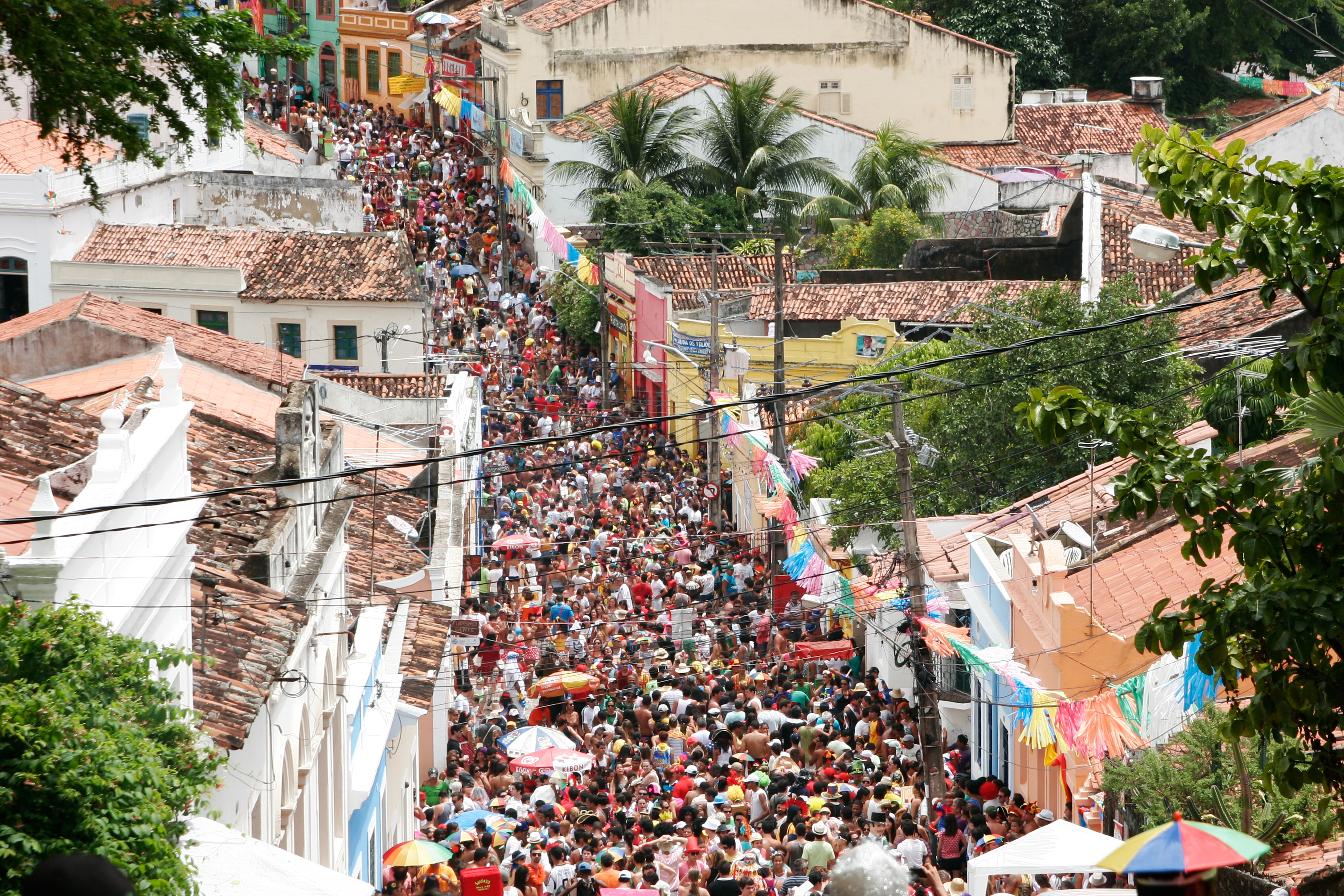
(Picture: Adam Gregor / Shutterstock.com)
8. Camarotes and Balconies: - Some locals and tourists choose to watch the festivities from elevated areas, such as camarotes (viewing stands) and balconies. These spaces offer a unique vantage point for enjoying the parades and blocos.
9. Duration: - Olinda's Carnival typically spans several days, with the main celebrations leading up to Ash Wednesday. The pre-Lenten festivities include various events, processions, and blocos, creating a continuous and lively celebration.
10. Street Food and Craft Stalls: - Throughout the Carnival, street vendors set up stalls offering traditional Brazilian street food, drinks, and crafts. Attendees can indulge in local delicacies while immersing themselves in the festive atmosphere.
Olinda's Carnival is known for its spontaneous and inclusive nature, allowing locals and visitors to join in the revelry and experience the unique cultural expressions that make this celebration truly special.

